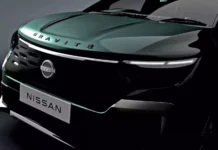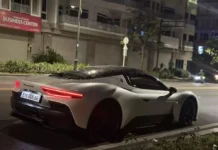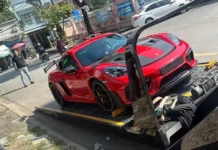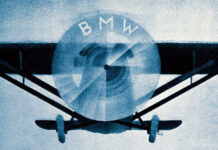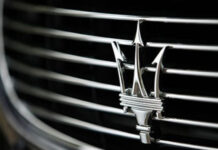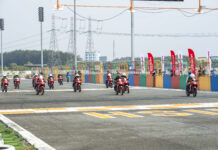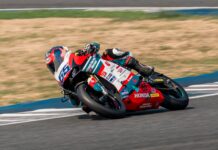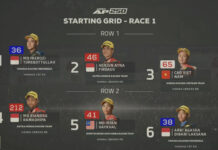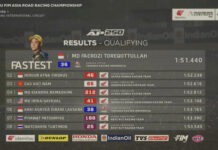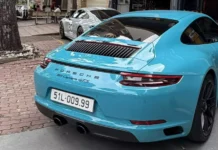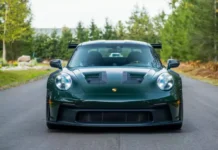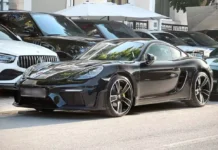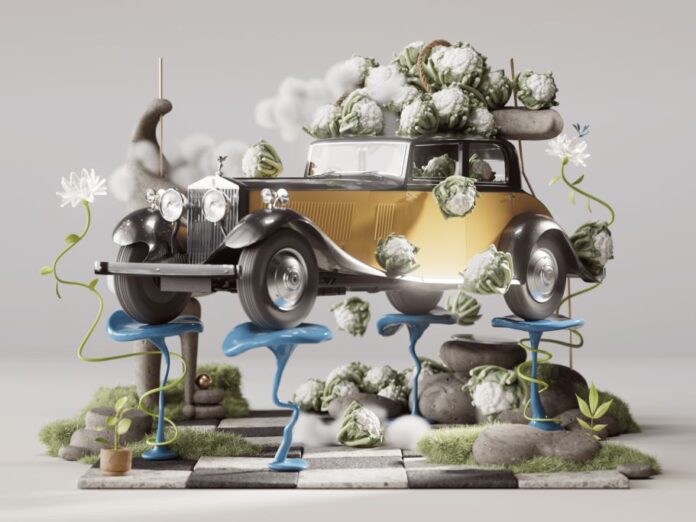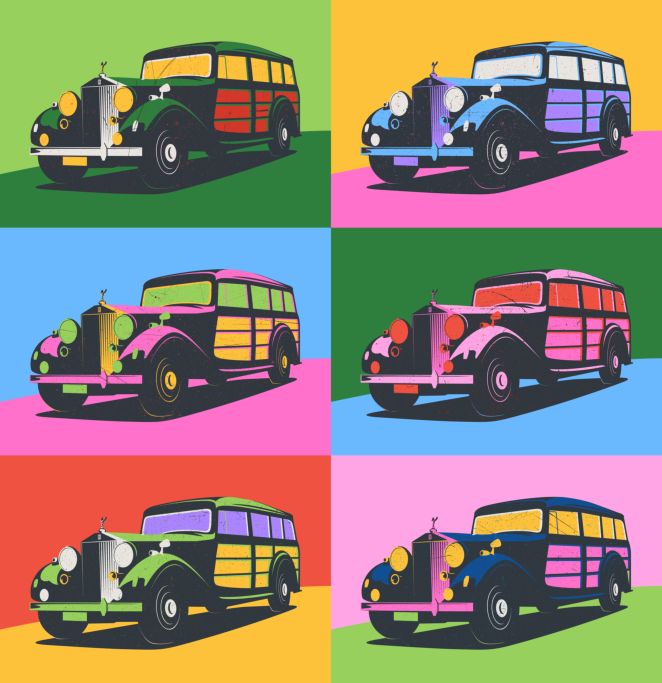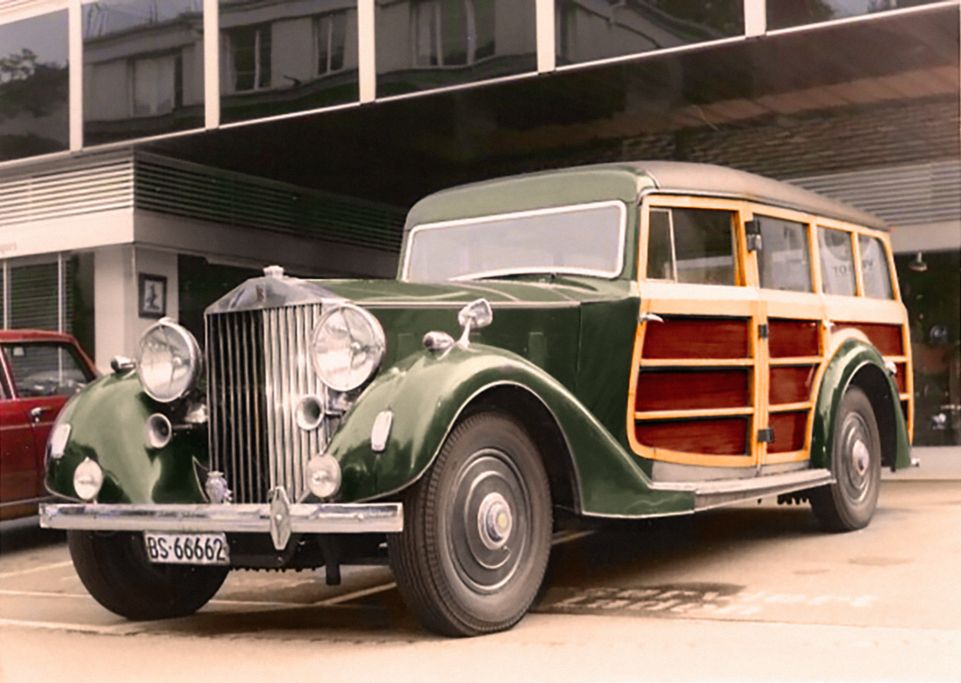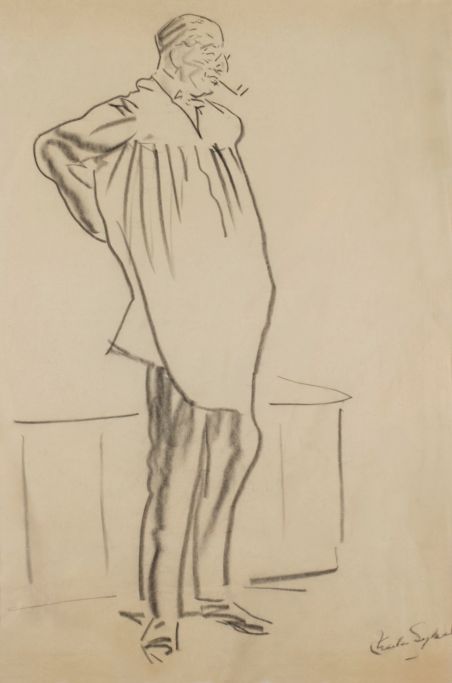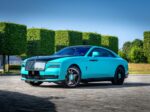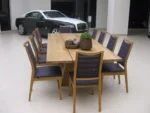Celebrating 100 Years of the Iconic Phantom: Rolls-Royce Motor Cars Hosts a Special Event at Goodwood
A Century of Artistic Collaboration
Rolls-Royce has had a longstanding association with modern art masters such as Salvador Dali, Andy Warhol, Henri Matisse, Pablo Picasso, Christian ‘Bébé’ Bérard, and Cecil Beaton. Dame Laura Knight, the first female artist to become a full member of the Royal Academy of Arts, even used her Rolls-Royce as a mobile studio at the Epsom and Ascot racecourses. Renowned collectors such as Jacquelyn de Rothschild, Peggy Guggenheim, and Nelson Rockefeller were also owners of Rolls-Royce vehicles.
However, it is the Phantom, the pinnacle of the brand, that has the deepest connection to the art world. Over eight generations and a century of its existence, the Phantom has been owned by the most creative individuals and has even been exhibited as a work of art in prestigious museums such as the Saatchi Gallery in London and the Smithsonian Design Museum in New York.
Salvador Dalí, Cauliflowers, and a Frozen Phantom
The surrealist genius, Salvador Domingo Felipe Jacinto Dalí i Domènech, or Salvador Dalí, knew how to make an entrance. In the winter of 1955, Dalí gave a lecture at the Sorbonne in Paris. Not one to miss an opportunity to make a statement, he borrowed a black and yellow Rolls-Royce Phantom and filled it with 500kg of cauliflowers.
After a chaotic drive through the streets of Paris, Dalí arrived at the lecture hall, flung open the doors, and let the cauliflowers spill out onto the cold ground. While the lecture, titled “The Phenomenological Aspects of the Paranoiac Critical Method”, may not be remembered, this dramatic arrival in the Phantom certainly is.
To commemorate this whimsical moment, Rolls-Royce commissioned a contemporary artist to recreate the famous “cauliflower Phantom” moment in a unique artwork.
Dalí also featured the Phantom in an illustration for the book “Les Chants de Maldoror” in 1934. In it, he depicted the car trapped in a gloomy, icy landscape, a stylish and bizarre scene that perfectly encapsulates his contrasting style: luxurious and surreal.
Andy Warhol and the Phantom’s 15 Minutes of Fame
Dalí often resided at the St Regis Hotel in Manhattan during winters, where he met a young Andy Warhol in 1965. This fateful moment was captured by photographer David McCabe, who recounted: “Dalí turned everything into a drama. Andy was terrified.”
Warhol, considered Dalí’s successor, owned a 1937 Phantom, which was converted into a wagon around 1947. In 1972, while walking past an antique store in Zurich with his agent, Bruno Bischofberger, Warhol immediately purchased the car and had it shipped to New York. He kept it until 1978 before selling it to his friend and manager, Fred Hughes.
To honor the legacy of Pop Art, Rolls-Royce commissioned a contemporary artist to reinterpret the Phantom in a style reminiscent of Warhol, blending visual art and popular culture.
The Artistic Symbol of the Phantom: Charles Sykes and the Spirit of Ecstasy
The relationship between Rolls-Royce and the art world began early on when the brand commissioned an artist to create its most distinctive symbol – the Spirit of Ecstasy.
The famous statue, designed by the sculptor Charles Robinson Sykes in 1911, was inspired by the winged victory of Samothrace at the Louvre. Sykes, who had studied at the Royal College of Art, was invited to illustrate for The Car Illustrated magazine. His work impressed Claude Johnson, the first commercial director of Rolls-Royce, who then tasked Sykes with creating a symbol for the brand.
Sykes’ daughter, Jo, recalled that her father imagined a fairy standing gracefully on the bonnet of the car, so light that she could balance without falling. From 1911 to 1948, every Phantom bore an original sculpture supervised directly by Sykes and his daughter.
Today, Sykes’ work is exhibited in prominent museums such as the British Museum and the V&A in London.
The Phantom: A Canvas for Artistic Expression
A century later, the Phantom continues to captivate the creative world. More than just a car, the Phantom is a living canvas where ideas are expressed uniquely, timelessly, and inspirationally. For artists, collectors, and art enthusiasts, the Phantom is a personal symbol where art and mechanical engineering converge to create a mobile masterpiece.
The Evolution of Rolls-Royce: Electrified but Unchanged at its Core.
In just 32 minutes, you could be cooking a simple meal or watching two episodes of your favorite sitcom. But at the Rolls-Royce factory in Goodwood, this precise timeframe takes on a whole new meaning. It is the allotted time for each meticulous step in the assembly of the world’s most luxurious cars.
The First Importer of Rolls-Royce Cars to Vietnam Reveals Heavy Losses Over Seven Years: Only Sold Over 20 Cars
“After a successful 7-year stint as the CEO of Rolls-Royce Vietnam, the former executive reveals a unique insight into his tenure. With a focus on a different, undisclosed profitable aspect of the business, he managed to sell over 20 of these luxurious vehicles before stepping down. A remarkable achievement indeed.”


